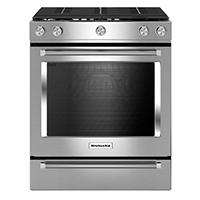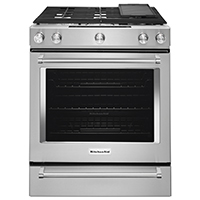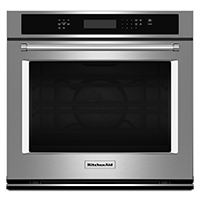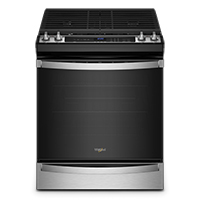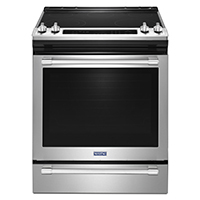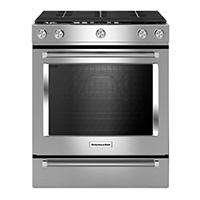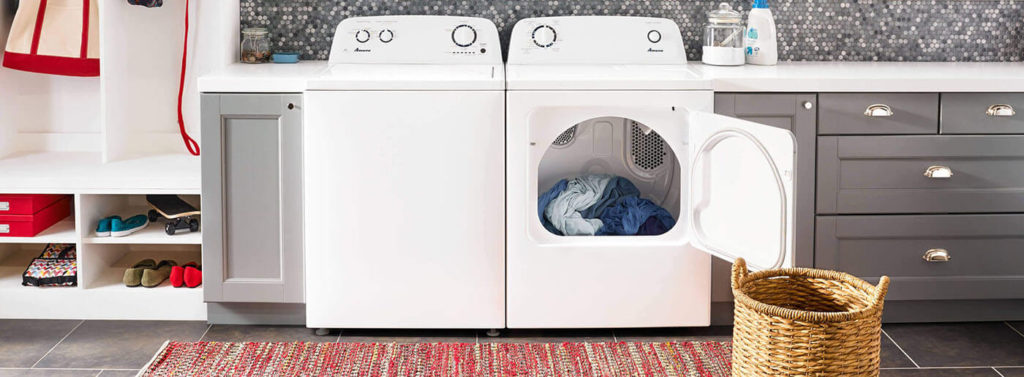There are two main options to consider when buying a new stove (range): gas and electric. But how can you tell which is better? Gas or electric stove models come with both their advantages and disadvantages, and it’s best to get to know each option separately before you commit to a purchase. Our gas vs. electric stove guide is here to help you out.
See this Quick Video Guide on Gas vs. Electric Ranges to Help You Decide
There are two main options to consider when buying a new stove: gas and electric.
Each of them has its benefits. Let’s take a look…
Gas cooktops offer:
-Precise control over cooking due to heat and flame levels
-Faster temperature response
-Faster heating
-Faster cooling after turning the burner off
-and Spill protection
On the other hand, electric cooktops are:
-Easier to install
-More stable, due to their flat surface
-Easier to clean
Meanwhile, gas ovens:
– Introduce more moisture to the oven, which is better for artisanal baking
-They provide faster preheating
-And faster cooking!
Electric ovens don’t heat as fast as gas, but offer:
-Many programmable options
-A drier heat that allows for crisping up food, such as potatoes or meat skin
Both gas and electric ovens come with convection models, which provide better air circulation and cook more evenly.
Modern ovens sometimes have a self-cleaning option.
Now you’re ready to go shopping!

There’s a world of ranges out there. The Range Finder from Whirlpool will help you choose the best one for you.
Table of contents

Gas vs. Electric Ranges

What Are the Benefits of Gas vs. Electric Cooktops?


Gas Cooktop Benefits:
- Precise control over cooking due to heat and flame levels
- Faster response when the temperature is adjusted
- The flames transfer heat to cookware quickly
- Cools down quickly once turned off
- The burners are protected from spills
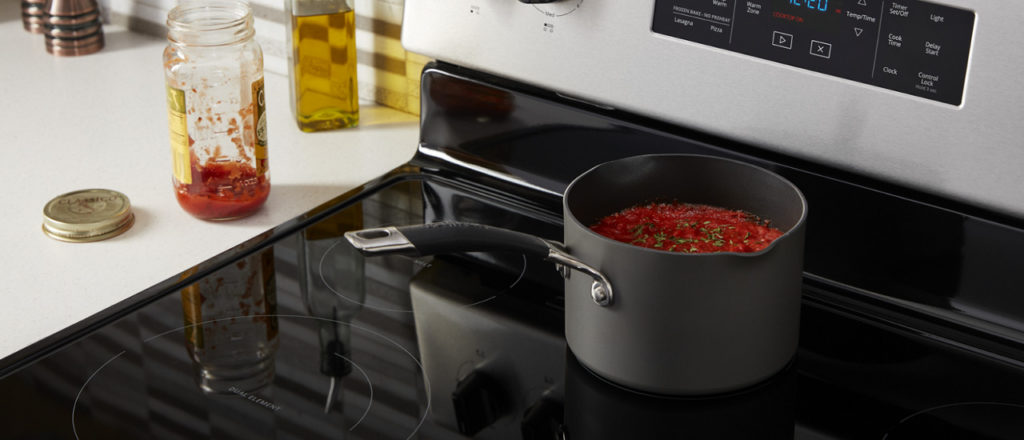
Electric Cooktop Benefits:
- Heats up the cookware fast
- Often easier to install due to a lack of gas hookups
- Flat surface doesn’t require you to balance the pans on the grates
- More straightforward to clean due to a single flat surface
What Are the Benefits of Gas vs. Electric Ovens?


Gas Oven Benefits:
- Introduces more moisture to the oven, which makes it better for artisanal baking
- Preheats the oven fast
- Cooks food quickly
Electric Oven Benefits:
- Preheats fast
- The drier heat allows for crisping up potatoes or meat skin
- Many have programmable options
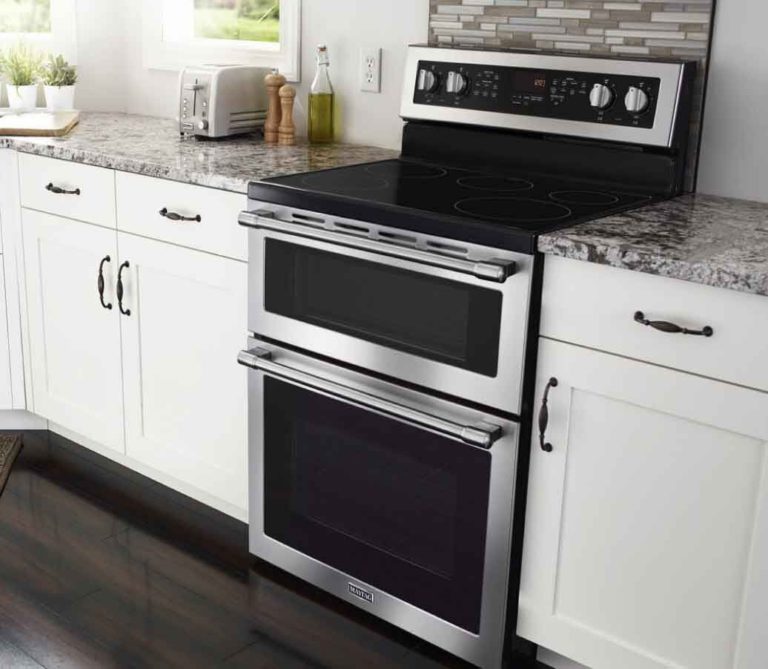
Gas vs. Electric Ranges: How to Choose?

Do You Have a Gas Hookup?
How Much Do You Bake?
Is Cleaning a Hassle?
If you’re unsure whether to buy a gas or electric stove, you can separate the two appliances into a cooktop and a wall-mounted oven. This way, you don’t have to look for a dual fuel range that satisfies your needs and you can get the fuel you want for each.
Gas vs. Electric Ranges: Additional Considerations

Do You Need Convection?
Convection choices you’ll love from Whirlpool, Maytag and KitchenAid brands
Compare a host of choices and find the convection oven that warms your heart.Dual Heating Elements
Freestanding or Slide-In
Self-Cleaning Ovens


